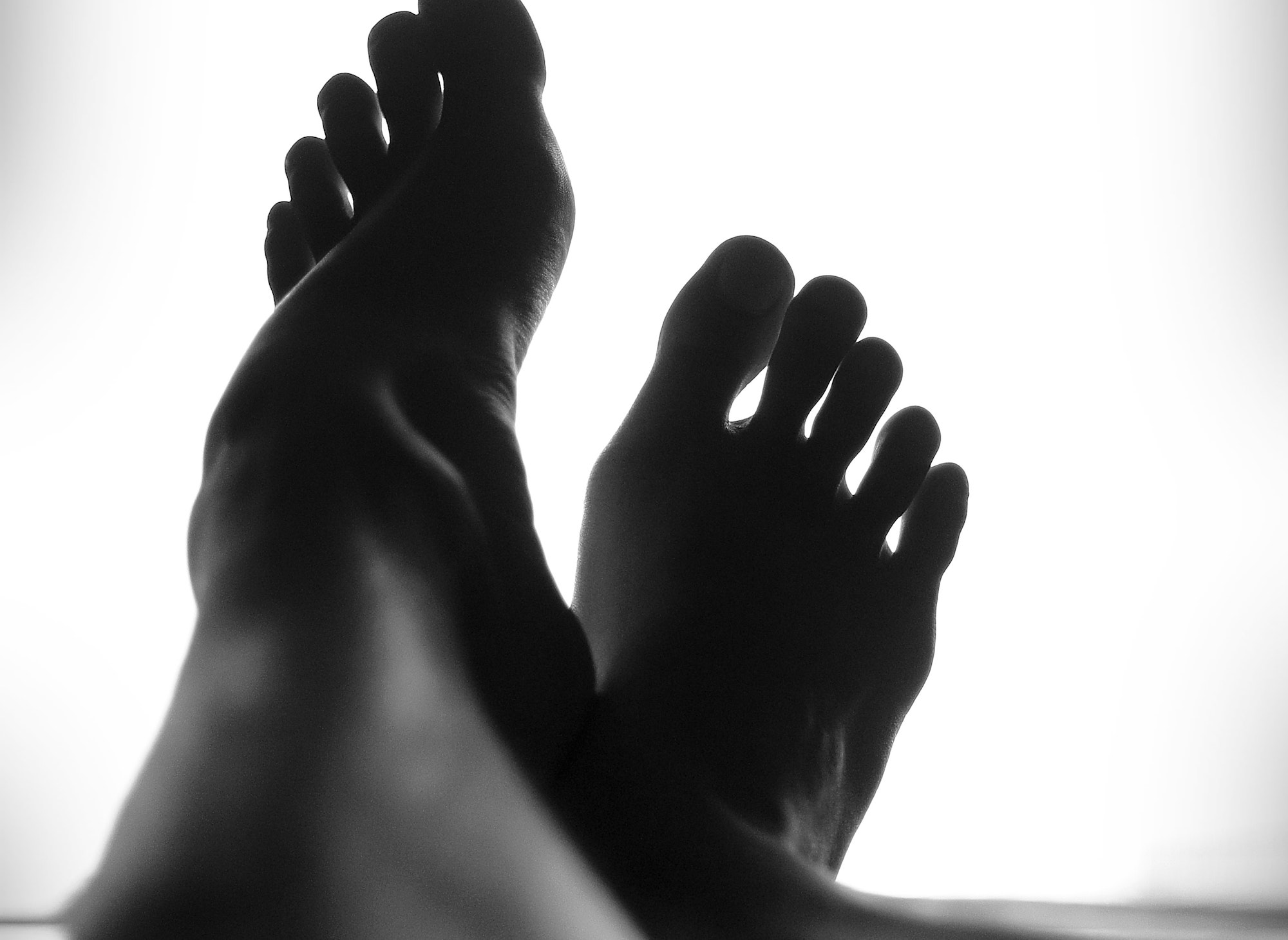
12 Oct 6 Exercises to Build Stability on Your Toes
Watching a ballerina perform a relevé is an expression of the strength and stability of their bodies. Performing this move highlights the importance of stability in the toes. Gaining such stability is not just for the professional dancer. Borrowing bodyweight exercises from ballerinas will take your workouts to a whole new level and help increase your toe stability. When you carry out exercise moves on your toes, you create an element of instability which helps to engage and strengthen the muscles of your lower body in a new way. Lifting your toes during a workout is not just a graceful move but it builds muscle strength, increases muscle tone, and helps with balance. By adding strength to the muscles that give you stability and protect your joints, you are essentially protecting yourself from possible injury. If you were to lose your balance, your body will instantly engage your core muscles and make your body stable to keep yourself from potentially hurting yourself in a fall.
If you are limited in your experience with these kinds of exercise, you may at first feel a bit awkward. Begin with a moderate toe elevation instead of having your toes too high that keeping your balance is difficult. In addition, attempting too many elements you are unfamiliar with can also potentially put you at risk of painful muscle cramps. As you practice and progress, it will begin to get easier and easier. As you exercise on your toes, recruit your core muscles, and glute muscles to maintain stability in your body. Do not put your weight on the edge of your toe by using each of the sides of the foot. After you are done with your exercise, make sure to stretch your toes, and calves to prevent injuries. Here are some exercises that you can do on a regular basis for stability if you want to start bodyweight exercise on your toes:
Heel Raise
This versatile exercise does not necessarily need weights and lends itself to multiple foot positions. It can be done practically anywhere because it requires little more than standing room. Start by standing feet apart, parallel to your hips. As you press into your feet on both sides, lift your heels from the ground and squeeze your glutes. Slowly lower your heels back to the ground, maintaining muscle control. Repeat as necessary.
Hops
Stand with your feet at a parallel distance to your hips. Jump upwards in a vertical line. Jump starting with lifting your heels and then following with the balls of your feet. Make your landing a quiet one, and slightly bend your knees to keep them soft and avoid absorbing all the impact.
Narrow V
Arrange your feet in a V shape. Keep your heels in and your toes out. Your toes should be pointing in the same direction as your toes and knees. Tight heels kept together remain the focus of this exercise as you elevate your heels and hold it there for a few seconds. You can also pay attention to your thighs by bending at your knee upwards and downwards.
Plié Squat and Heel Lift
A plié squat is a wide squat with toes and knees outwardly facing and feet far apart. With a plié squat, as you go down you find that your knees do not go down beyond your toes. Squat down with your chest facing upwards, and your abdomen fully engaged for good form. When you get to the lowest point of your squat, raise and lower your heels at least once before you go back to a standing position.
Modified Bridge
Ordinarily, a bridge involves lying on your back and squeezing your glutes as you raise your hips into a bridge. Your feet remain flat on the floor. To modify the bridge, once you have raised your hips, raise your heels off the floor as your hips remain up there. Put your heels back on the floor before you return your body to its former position on the floor.
Single Heel Lift
Standing on one foot, lift the other heel, and hold the position for as long as possible. All the muscles in the lower part of your body should be engaged in the effort to keep your body stable and compensate.
